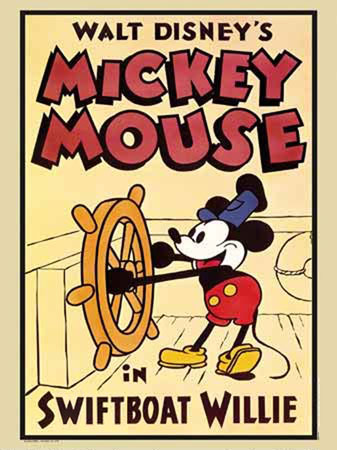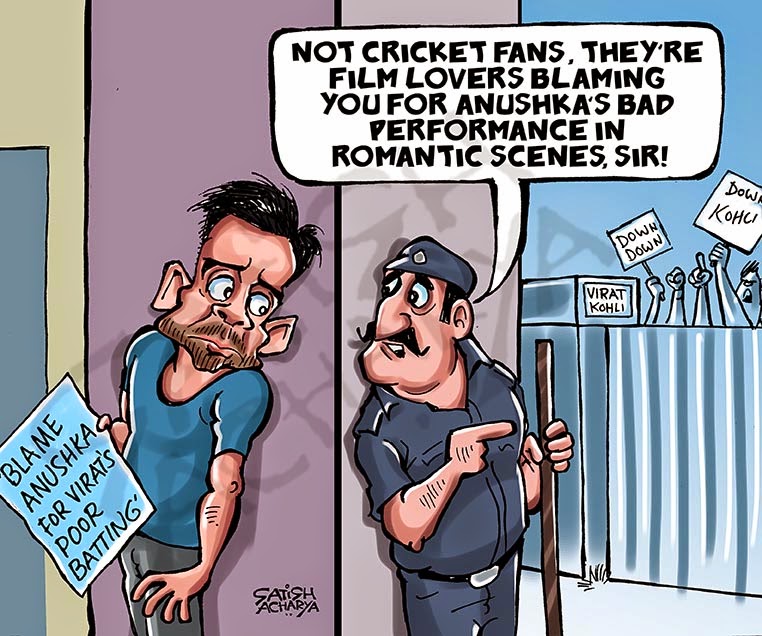Cartoons have existed since forever, and have always been a major part of our childhoods.
Madhura Sansare goes through the pages of history to bring you the crux of cartooning, and how its evolution represents our evolution as a society at large.
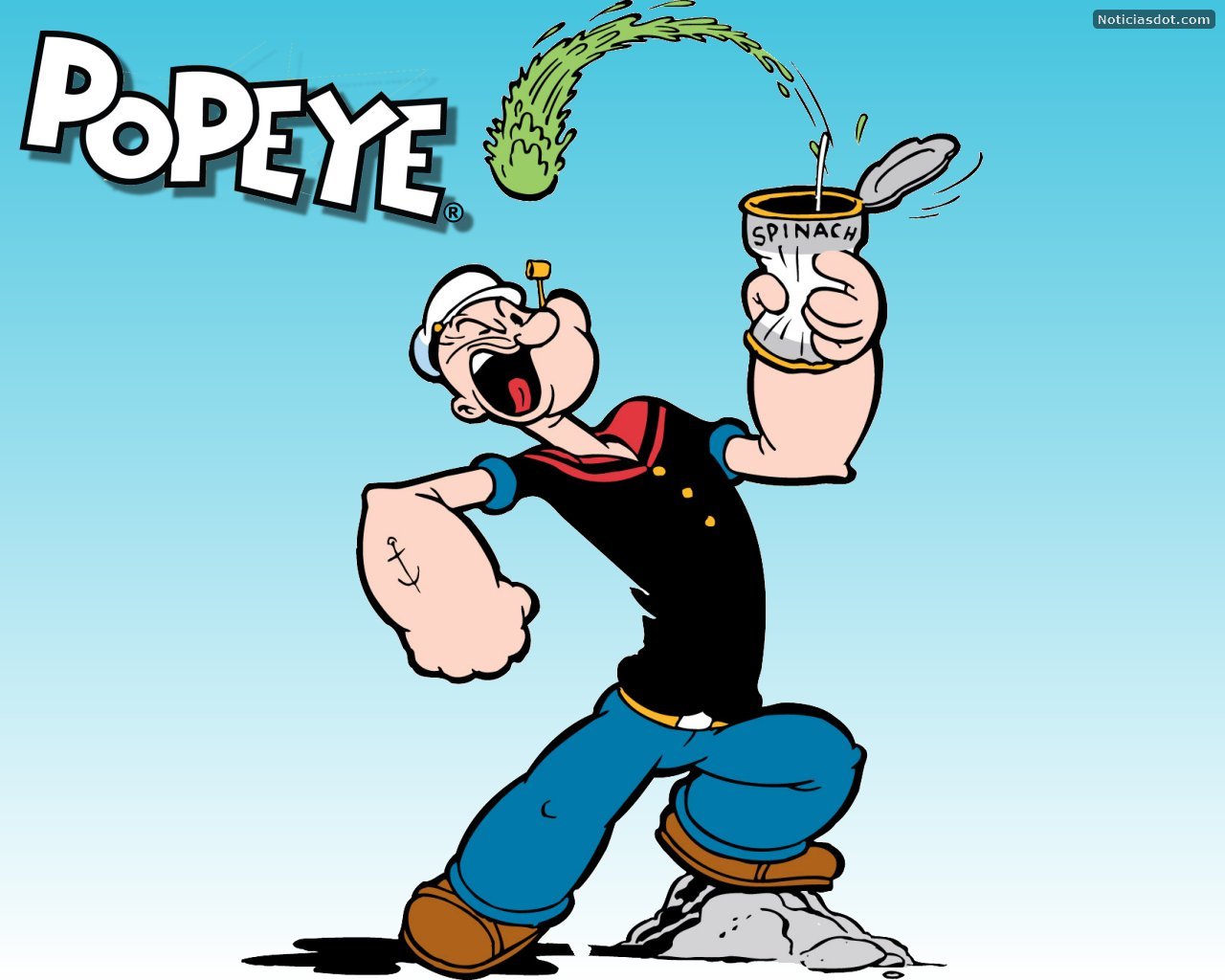
If you’re a 90’s kid, we’re sure you keep talking about how the cartoons of today are so different from the cartoons of your childhood, and how they used to be so much better. We have a strong suspicion every generation secretly feels the same thing; the 90’s kids just have a louder voice on the situation because of the rise of social media.
Cartoons have most definitely gone through their own form of evolution. Just like the human race, our art forms have also evolved along with us. Art forms like fashion, design, fine art, graffiti, can all be denoted as representations of society in their own eras. Cartoons are no different. In a time where cartooning is slowly being considered a lost art, we delve into the depths of history, and base a timeline on what cartoons used to be, and what they have become. So come along and take a ride with us through the evolution of cartoons, and cartooning as an art form.
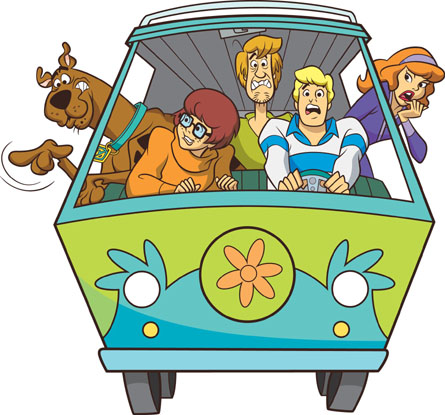
It just takes a look at the past century to reveal the evolution of our cultural consciousness. The masses’ attitudes regarding sex, violence, and even each other have gone through a tremendous change, and our cartoons have documented all of it. From being a people divided by cultural norms and fragmented categories like race, gender and sexuality, we have finally reached a place of oneness. Well, almost. And the only way to precisely understand this change is to go through cartoon history decade by decade. But before we do that, we need to define cartoons for what they are.
A cartoon can be described as a form of two-dimensional illustrated visual art. But this definition has changed over time. Currently represented as non-realistic or semi-realistic drawings or paintings intended for satire, caricature or humour, cartoons are now meant for so much more than just entertainment. Today, they can be used to have a voice, a voice that is sometimes so controversial and offensive to a certain sect of people that a Charlie Hebdo situation can occur because of it.
But before we get into the intricacies of cartoons today, let’s take a step back into history’s proclamations of this art form. Let us start off with the cartoons with the 1920s, the decade of the revolution. One of the most popular cartoons of the era was the happy-go-lucky cat, Felix. Created in the Roaring Twenties, the time period between World War 1 and the Great Depression that gave rise to jazz and Prohibition, the surrealistic Felix The Cat series played before the silent motion pictures in movie theatres. He was a big favourite for dealing with the prevalent issues of the day, like prohibition and alcoholism while also drawing open the curtain on the established ethnic stereotypes. It was during the silent era of the 1920 that Charles Mintz, Walt Disney’s cartoon distributor asked him to create a cartoon that would rival Felix. All of this was before the birth of the legendary Mickey Mouse. Disney first came up with a mischievous black and white character called Oswald the Lucky Rabbit, who was known for his straight, long ears.
Disney and his artist employee Ubbe Iwerks made 26 Oswald the Lucky Rabbit cartoons till 1927, before realising that Disney’s distributor, Mintz had stolen the character from him by copyrighting it under Mintz’s name. Heartbroken and on his way back from California with this sad news, Disney came up with a black and white mouse character with big round ears and a long skinny tail. Though Disney had first named this character Mortimer Mouse, he changed it to Mickey Mouse on the suggestion of his wife, Lillian.
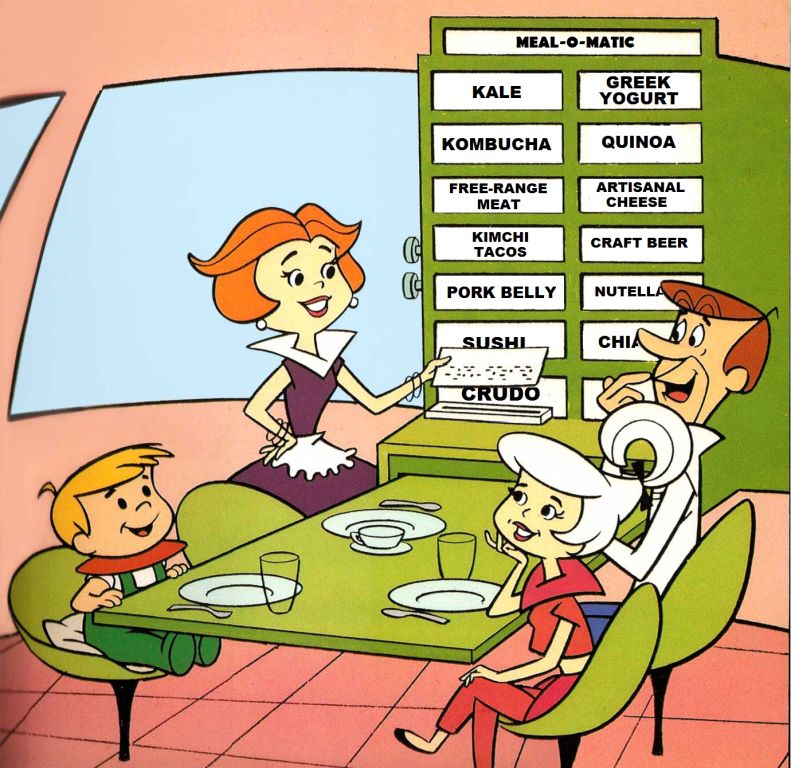
Mickey Mouse premiered in Steamboat Willie, the world’s first sound cartoon, at the Colony Theatre in New York on November 18, 1928. The seven minute long film received rave reviews, with the audiences adoring Mickey Mouse and his girlfriend Minnie Mouse, who also made her first appearance in the short film. It is for this reason that November 18, 1928 is considered Mickey Mouse’s official birthday.
Moving on to the 1930s, January 13th first saw a Mickey Mouse comic strip appear in nationwide
newspapers. Other cartoons like Popeye were portrayed much differently than the incarnations we are used to as well. Due to the frustration that came along with the Great Depression, the 1930s Popeye was rougher around the edges, more likened to a cursing sailor who threw punches at people, animals and objects for no reason.
The 1940s were all about America’s entry into the World War 2. This led to the birth of more patriotically costumed superheroes like Wonder Woman and Captain America, who were both created in 1941. The 1940s were majorly significant because of Wonder Woman, who was one of the first female superheroes in the country. This was massively due to the fact that women were continuing to expand their roles in the workplace, and also because World War 2 was the first conflict in which women served in the military. As gender inequalities were finally being addressed by the cartoons of the time,racial inequalities were bought to the white audiences’ attention by cartoonists like Dr. Seuss. Though there was an attempt by a few cartoonists to eradicate racial inequalities, some cartoons tended to the opposite demographic. Coal Black and de Sebben Dwarfs by Censored Eleven is one of the major examples of the racist cartoons of this age.
The 1950s saw a radical change not just in the cartoons of the time, but also society at large. Following the soldiers’ return from the war in 1945, a redefining of gender roles took place. All the hard work of the 1940s was diminished as the 1950s cartoons started showing gender disparity and a return to women being showcased as accessories to men once again.
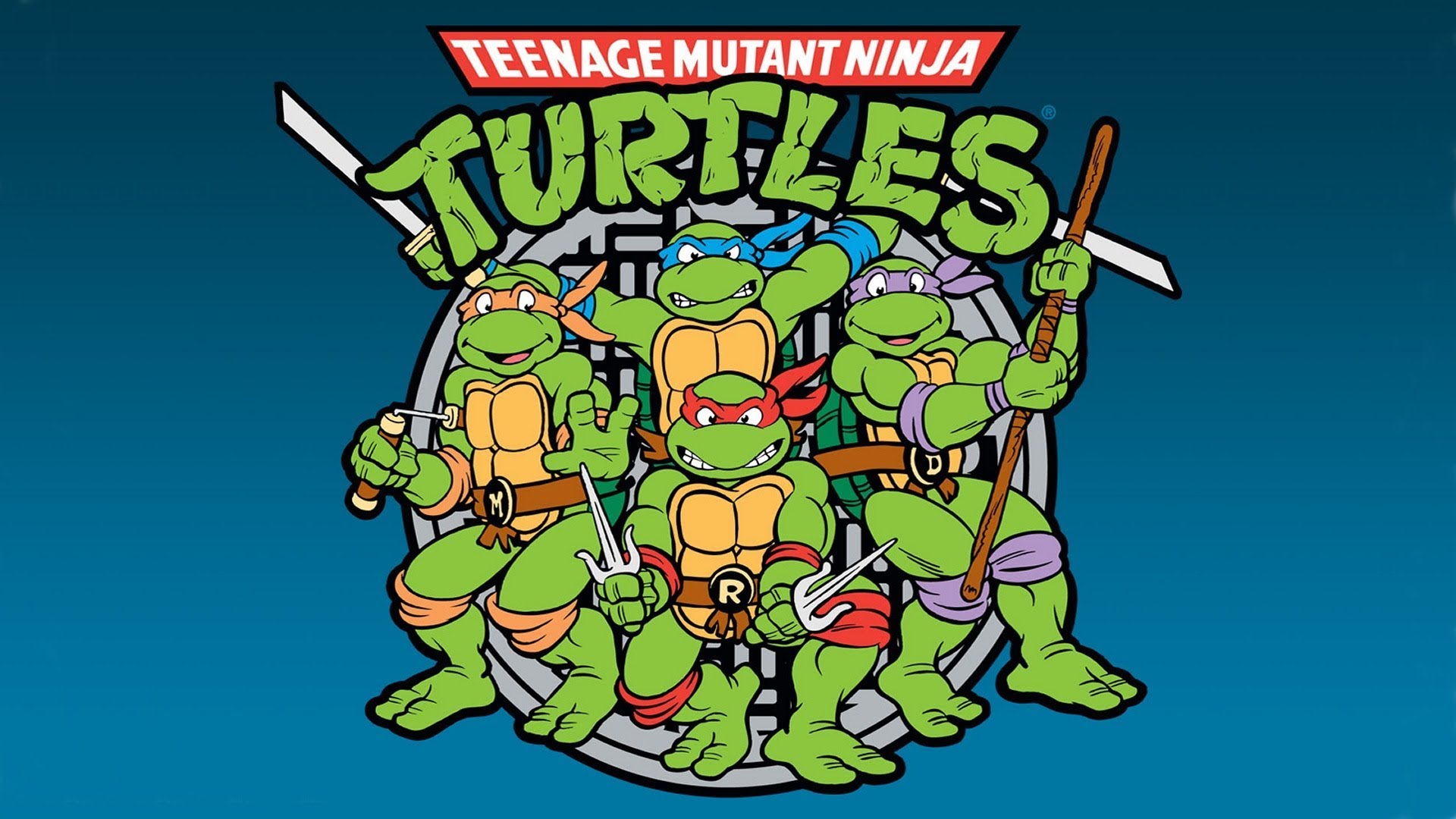 But the downfall of the 1950s was temporary. Come 1960s, the Flintstones came to our screens, and they were very responsible for a radical change. The Flintstones was actually the first cartoon ever to show members of the opposite sex sleeping in the same bed. The 1960’s also saw the Jetsons, who were way ahead in their time by pointing to environmental pollution, but had the family dynamics of a 1960s family. Scooby Doo also entered the cartoon scene by 1969, created by Hanna-Barbera as a peaceful alternative to the violent cartoons that were being protested against by the parents.
But the downfall of the 1950s was temporary. Come 1960s, the Flintstones came to our screens, and they were very responsible for a radical change. The Flintstones was actually the first cartoon ever to show members of the opposite sex sleeping in the same bed. The 1960’s also saw the Jetsons, who were way ahead in their time by pointing to environmental pollution, but had the family dynamics of a 1960s family. Scooby Doo also entered the cartoon scene by 1969, created by Hanna-Barbera as a peaceful alternative to the violent cartoons that were being protested against by the parents.
We have come a long way from then, with the 1970s showcasing the effects of the Civil Rights Movement by being a mixed race group that showcased overt sexuality to the wide variety of cartoons available in the 1980s; trigger-happy cartoons like G.I Joe, Teenage Mutant Ninja Turtles and feel-good, community-focused cartoons like the Smurfs, Muppet Babies and Strawberry Shortcake coming together in the same decade.
Since the 1980’s, cartoons have changed drastically, but they are still representative of a society’s trials and tribulations in some way or another. Political cartoons and comic strips have existed through the ages, but even our everyday cartoons have a lot to say about who were are as a society, and where we stand. The evolution of cartoons has been a magnificent one, and while we’re proud of it, we are just as proud of what this evolution represents, which is the evolution of the human society.
Of Careers And Cartoons
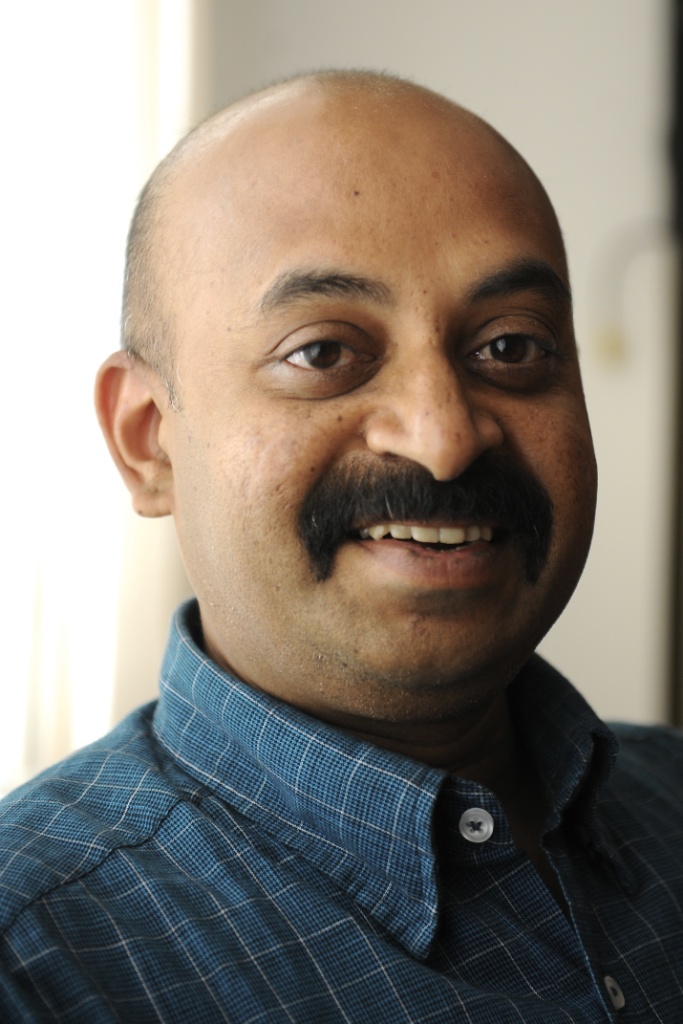
Being a freelance cartoonist for almost 15 years now, Balraj KN has contributed cartoons to major publications like The Times Of India, Bangalore Mirror, Midday and Deccan Herald among many others. He tells us more about what it takes to be a cartoonist today
WHAT AREAS DO YOU TEND TO FOCUS ON, THAT MAKE YOUR CARTOONS AND COMIC STRIPS DIFFERENT FROM THE OTHER CARTOONISTS OUT THERE?
The cartoons I create can get uniquely visual as well as verbal. My interest in exploring visual variety in communication often tends to move away from using just human figures and a punch line. The advantage is that they stand out from the rest, but also at times tend to get cerebral, in effect reducing the wideness of my audience.
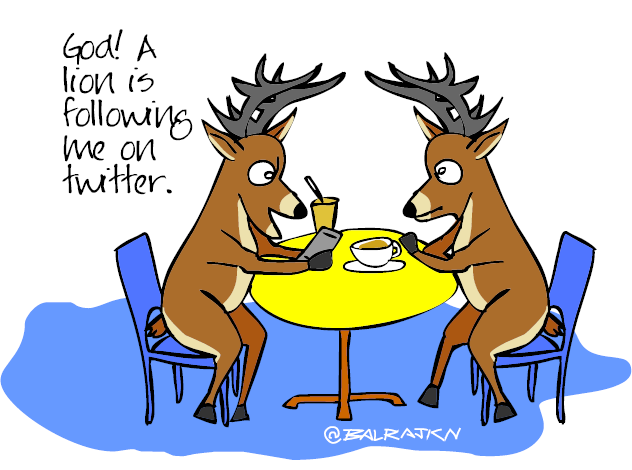
WHAT ARE THE PROBLEMS WITH INDIAN CARTOONING THAT HAMPER ITS QUALITY AND DEVELOPMENT?
Cartooning as a term includes many practitioners in India, like editorial cartoonists, comic illustrators and graphic novelists. As an illustrator, there are multiple other applications to cater across industries for an individual. Cartooning is like the pickle and not the main course on the menu. People need cartoons once in a while to spice things up. Hence there is a lack in the encouragement or eagerness of aspirants in pursuing a career in cartooning. An average young Indian who looks for security in his future career is averse to the risk and struggle of such an offbeat path. Societal perception of a ‘struggling artist’ too does a great disservice to the profession. Only those with a fire in their belly, who are brave enough to choose the line and fight against all the odds, tend to pursue it as a full-time career.

HAVE YOU EVER SEEN ANY IMPACT OF CARTOONING? DO YOU THINK CARTOONS CAN BRING ANY SOCIAL CHANGE?
We need cartoons like we need music in our lives. Not listening to music for a day or two will not kill us but you can never imagine a world without music; it is absolutely essential. Cartoons can entertain, tickle, educate, inform, pique your brain, make you think, change your mind, affirm your belief or simply help you make your point. Cartoons have always had a social impact often in unknowing ways, just like music. If you think Asim Trivedi getting arrested on sedition charges for his cartoons is social change, I would say that cartooning making it to the front page, just like our sportsmen’s Olympic win makes it the front page.
WHAT’S THE FUTURE OF INDIAN CARTOONING; WILL THE UPCOMING TRENDS LIKE ELECTRONIC MEDIA INFLUENCE IT?
Internet and social media is where cartooning is seeing its rebirth in full glory. As internet penetration increases in the coming years, cartoonists will be connected with a wider audience that was once achieved by newspapers, print publications and books. Facebook, Twitter and other social networks also help cartoonists get a live interaction with their audiences.
Journalism Through Cartoons
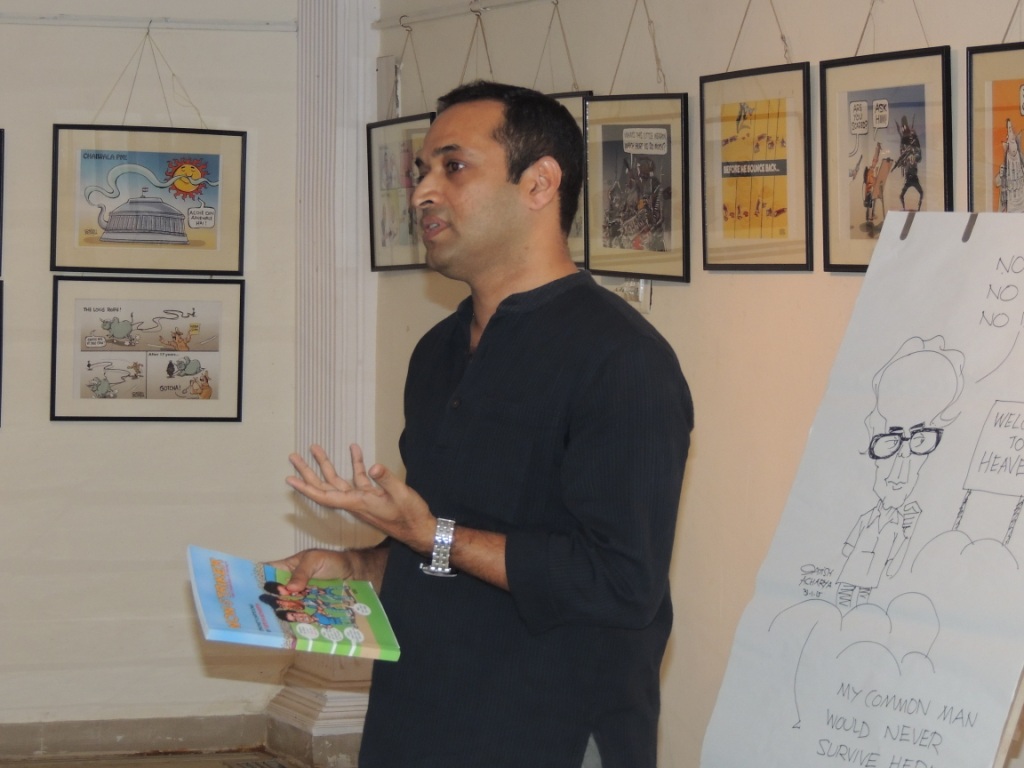
Recently featured as one of the top 24 India-based intellectuals by Forbes India, Satish Acharya has definitely taken strides in his career as a cartoonist. We talk to this MBA-turned cartoonist about the role of cartoons in journalism
WHAT COMPELLED YOU TO CARTOONING WHEN YOU STARTED OUT? WHICH WERE THE COMICS
THAT YOU READ AS A KID AND WHICH WERE YOUR FAVOURITES?
It began with Amar Chitra Katha. As a school-going kid the illustrated story books of Amar Chitra Katha attracted me. I felt the power of illustrations to tell a story is amazing. Later the cartoons of Laxman, Mario that used to appear in The Illustrated Weekly of India fascinated me and helped me take keen interest in cartoons. Though I hardly understood the message/opinion in those cartoons then, it was clear that I wanted to draw cartoons because it gave me happy moments.
YOU WERE FEATURED AS ONE OF THE TOP 24 INDIA BASED INTELLECTUALS NAMED BY FORBES INDIA IN DECEMBER 2015. COULD YOU TELL US A LITTLE MORE OF HOW THIS CAME TO BE?
To be frank, I’m not sure how I landed up in that list. I have just been drawing cartoons and trying to reach as many people as possible. And social media has been a great help as a platform in this process. I guess, during the Anna’s anti-corruption movement and the General Elections (where corruption was a decisive issue) my cartoons travelled a lot and reached Indians abroad as well. That reach formed the basis for Forbes pick, I presume.
WHAT AREAS DO YOU TEND TO FOCUS ON, THAT MAKE YOUR CARTOONS AND COMIC STRIPS DIFFERENT FROM THE OTHER CARTOONISTS OUT THERE?
My focus is always on doing justice to the space that my cartoon occupies and doing justice to the time a reader spends on my cartoon. Also for me as a cartoonist, being unbiased is the primary goal. I try to be as unbiased as possible. ‘Without fear or favour’ is my mantra. Also, since I contribute most of my cartoons to news portals, I can comment on any trending topic more quickly through a cartoon. And I’m also passionate about cricket and cinema, so that helps me widen my cartooning area.
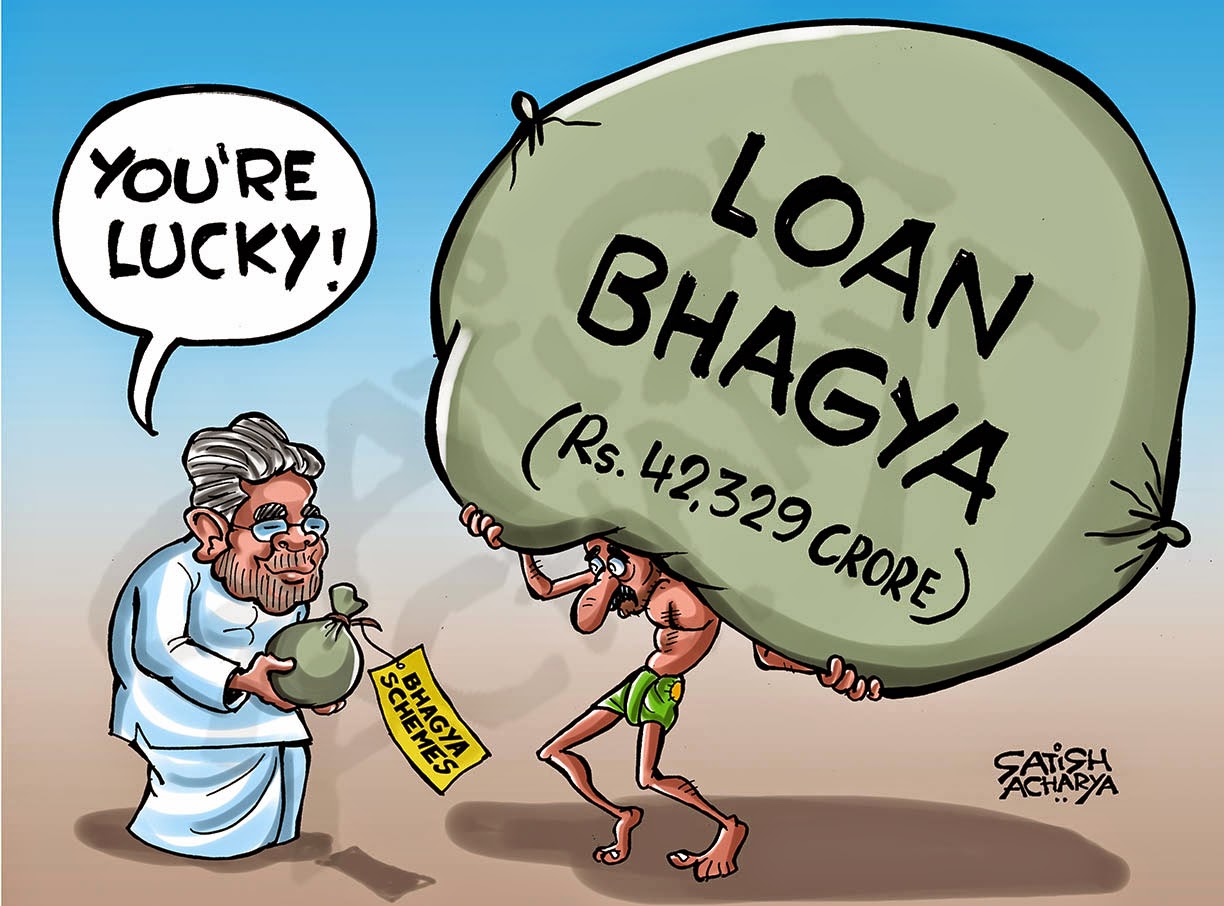
WHAT ARE THE PROBLEMS WITH INDIAN CARTOONING THAT HAMPER ITS QUALITY AND DEVELOPMENT?
Editorial cartoonists work with tremendous job insecurity. There are chances that one of your cartoons doesn’t go well with the ideology of the paper or editor. On the chance that the publication suddenly decides to cut cost, cartoonists are always the sacrificial lambs. Media houses should consider editorial cartoons as a serious part of journalism. The cartoonist’s opinion might differ from editor’s opinion, but he’s also a journalist and his opinion should be respected. They should put in more sincere efforts to identify, groom and safeguard cartoonists. There’s hardly any award for cartoonists organised by any media house. That’s sad.
Volume 5 Issue 9





















